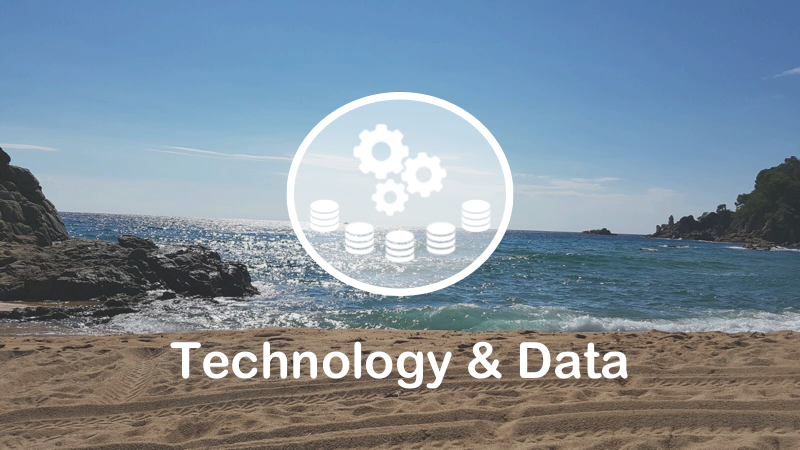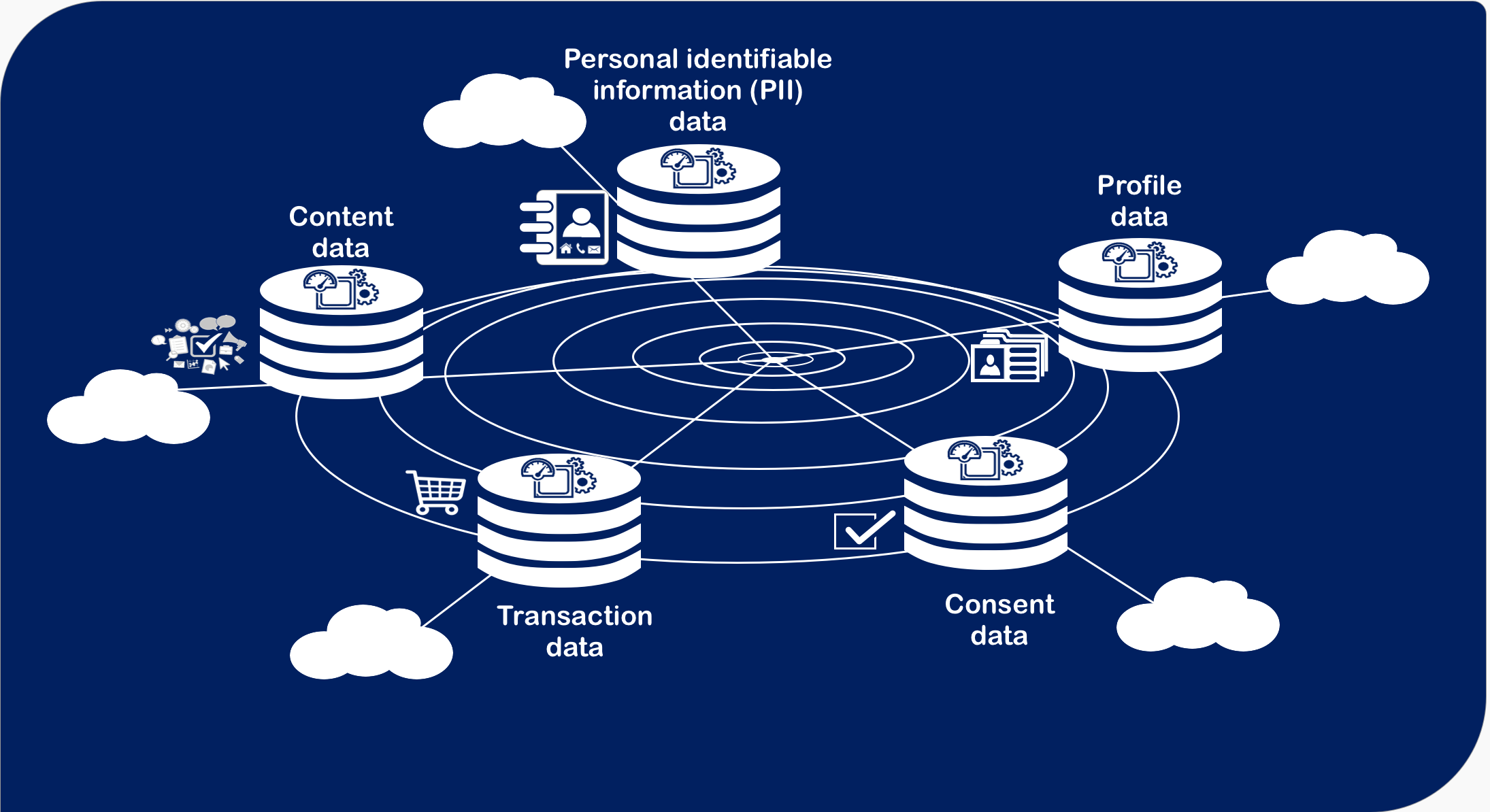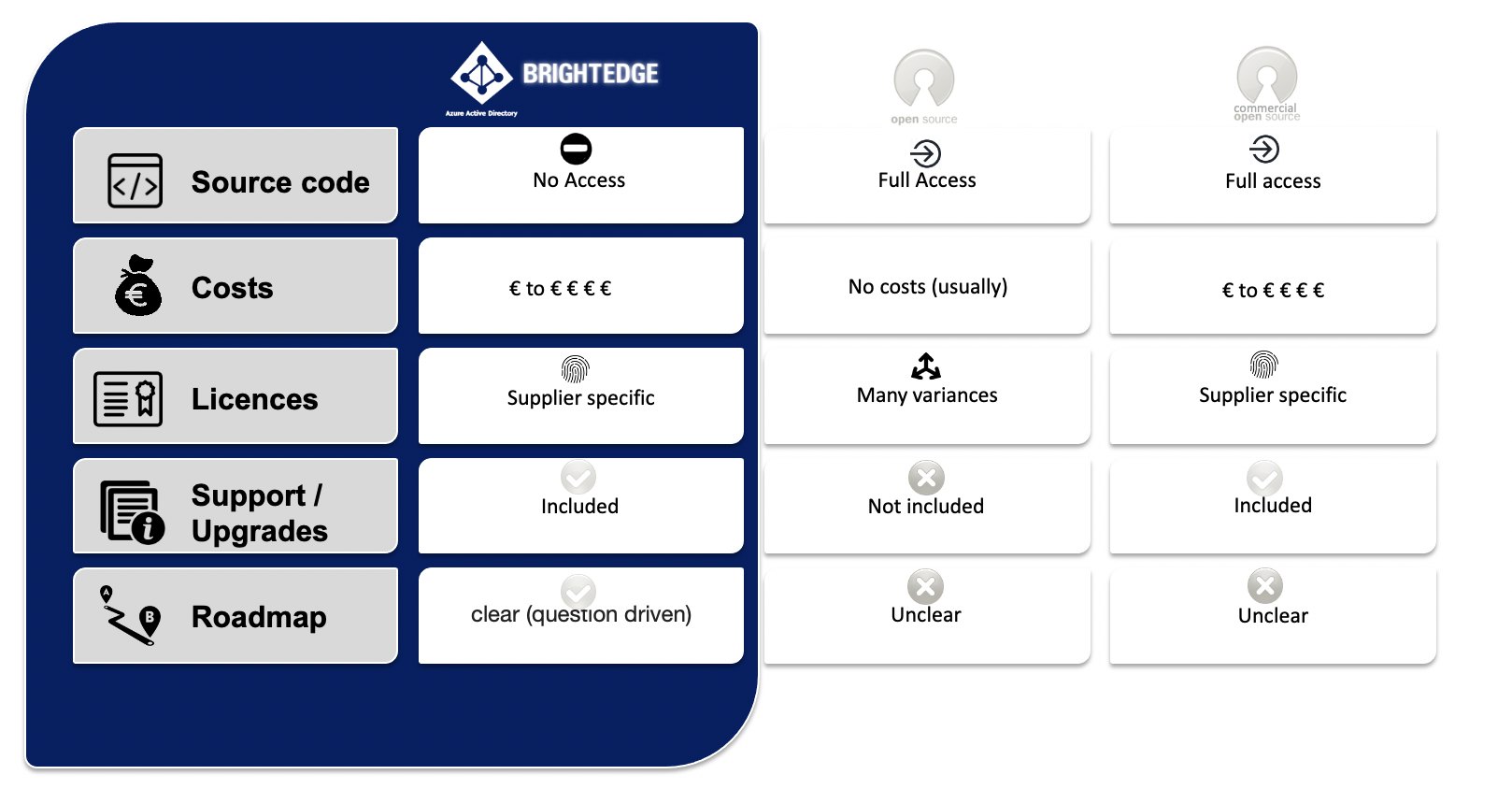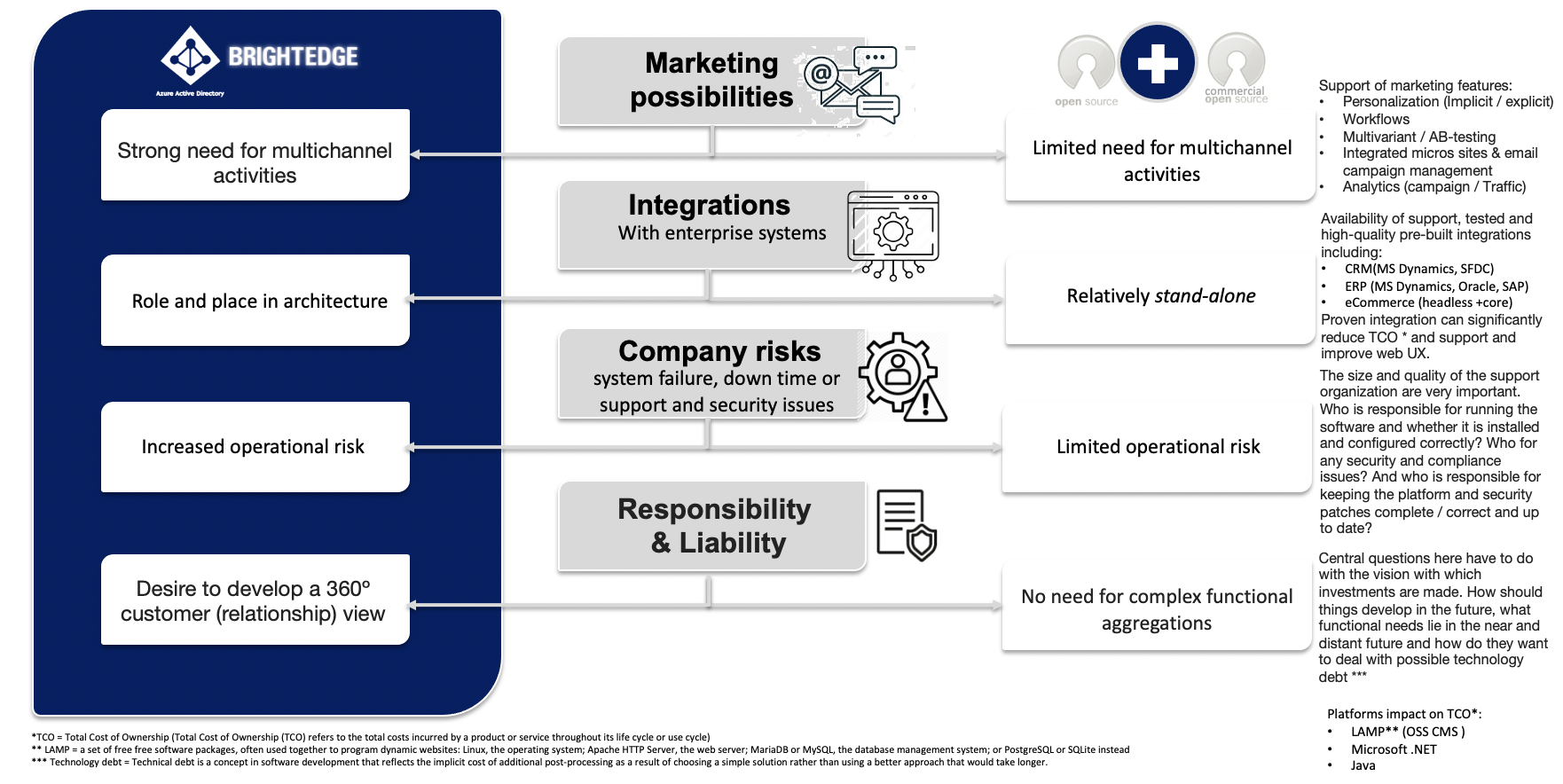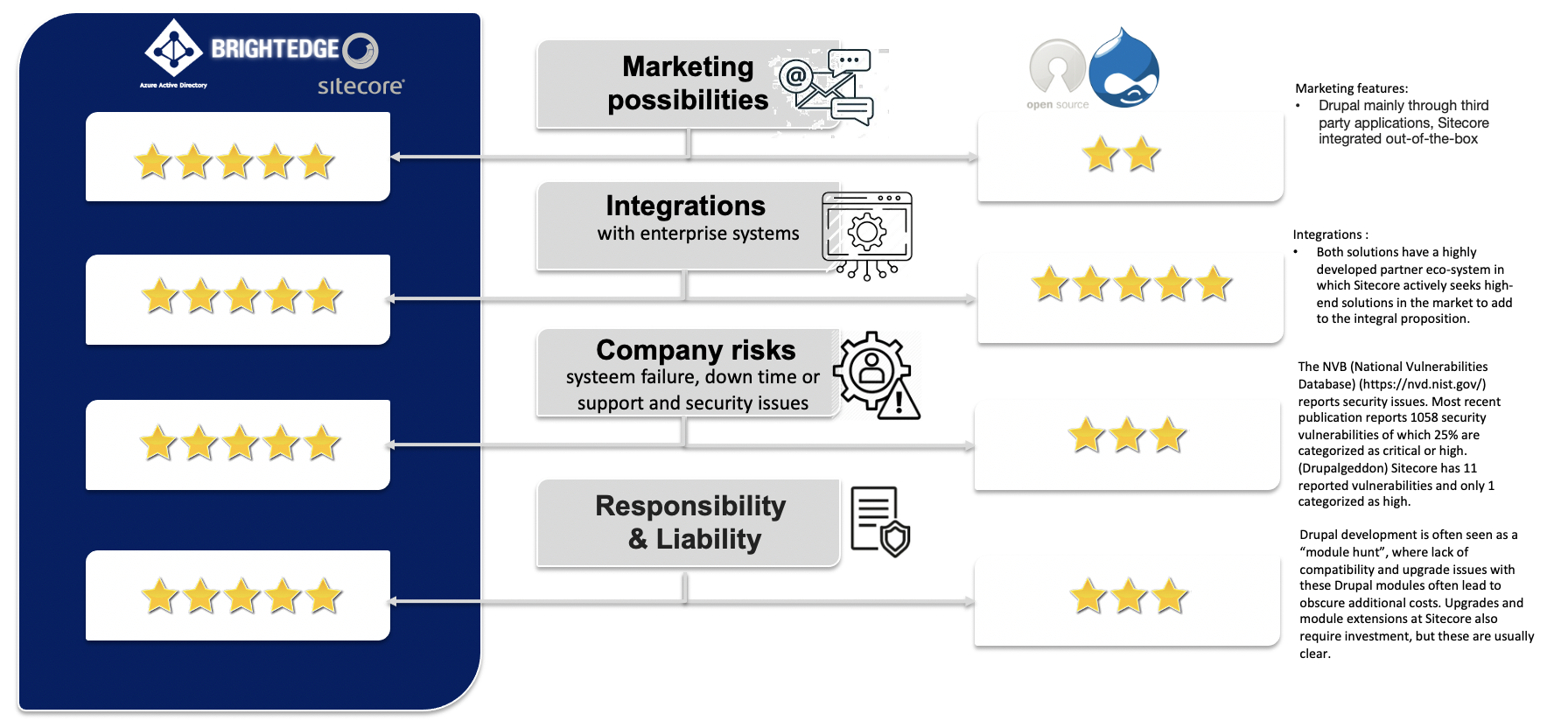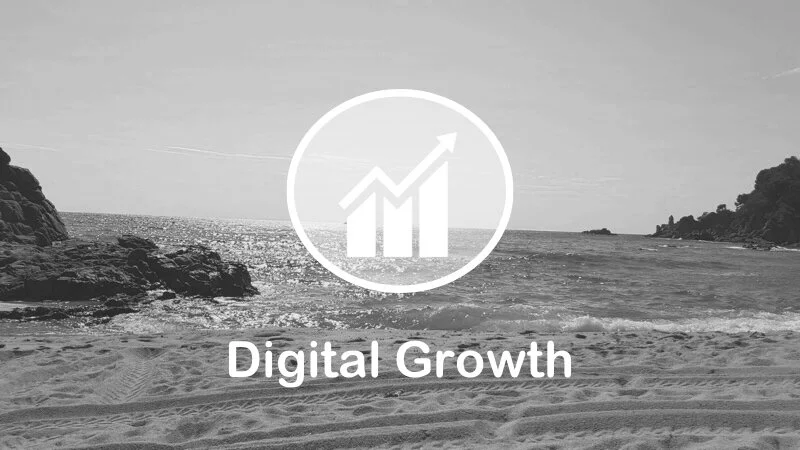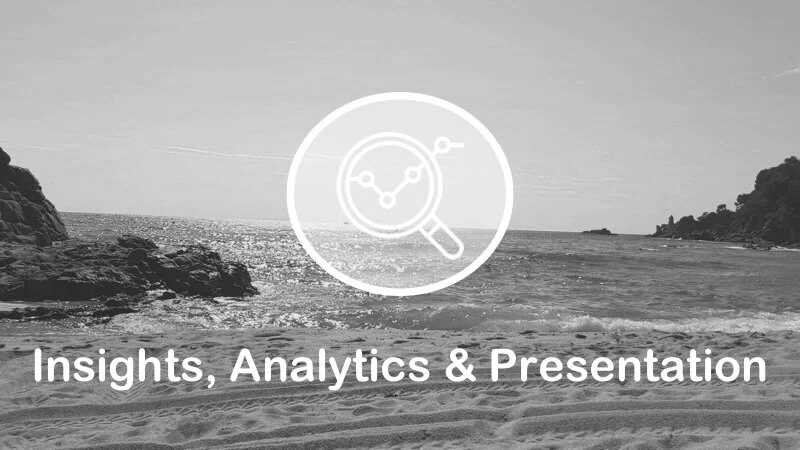
Technology & Data >>>
Does Technology dominate your digital strategy?
Data and smart algorithm’s in today’s society are seen as the new gold. But how do you monetize that? Many organizations start digitizing their business from within their IT departments. But the real value comes from looking at your data and technology from a business perspective rather than a technology one. Striving at a holistic, multichannel oriented engagement with customers and (eco-system) partners.
Digitizing your business ; Where to start?
In many situations when questions like this come up, the first thing that’s under investigation is around what technology do we need. It is true that a significant portion of the efficiency can be gained from utilising the right tools or combination of tools. But in order to make the right choices on them, a firm understanding of your business requirements NOW but in particular towards the future is important. The business guidelines are an important input for defining your digital architecture. This architecture then is your guide into the future. With a dot on the horizon defined, you’ve created an ambition that you can work against.
But before you get there, a thorough understanding of your current landscape, the associated data and in particular the ability to differentiate the valuable from the invaluable data is needed. Besides that the digital and technical skills and capabilities from your resources or service providers need to be clear and obviously the financial bandwidth that you have available. With that input at hand a meaningful step towards a digital architectural ambition can be formulated. That is where the strategy gets into a more hand-on practical, implementation shape.

Technology & Data >>>
Data the beating heart of your business?
Knowing that data is fundamental in the business decisions you make, You need to establish a reliable approach to managing it properly and safeguard accuracy, completeness and validity. This requires an understanding that data appears in many different shapes and forms, captured in many different systems and processes and last but certainly not least needs to be protected with the highest care.
Creating a data layer, that can be approached from various internal and external resources and applications will help you to gradually scale. Making sure that it allows for separation of the different data types will not only help you to create logic and order, but can contribute significantly to your data protection and security strategies. Having isolated PII data is reducing GDPR-load within your architecture. Especially when you make sure that the connection with all the other data types that allow for meaningful (hyper)personalisation efforts, are properly hashed among each other. This allows for different and optimal system, storage and retrieval methods. After all, content differs significantly from profile data which may consist of a highly unstructured and broad variety of attributes, compared to more rigid, however very scalable consent data, or more volume oriented transactional data sources. Another benefit of taking such an approach is a very strong opportunity to save valuable time, budget and resources in maintaining your data, and as stated before, complete, accurate and valid data is the corner stone of quality decision making!
Technology & Data >>>
Open and setup to connect to the world?
As data is perceived as the new gold in today’s business, being able to connect to a broad variety of data sources around your organisation is probably one of the main success factors that enables that. Therefore a sound data layer connected to a connection layer that allows for smooth syncs, validations and updates is just as important than having access to data. Dependent upon your available tech infrastructure a large range of options is available. But having an architectural plan is a great way to choose and prioritize.
Technology & Data >>>
Smooth cooperating applications at your disposal?
Supporting and automating many of the daily routines has led to a highly fragmented application landscape in many organizations. The higher the number of applications that need to be maintained and used, the more complexity, as a consequence. A trend that will only accumulate in the future. With today's open architectures you can do something about this and work towards seamless and cooperative applications.
Technology & Data >>>
Open source, closed source or low-coding?
Before you are able to make good architectural choices, it is important to understand where you can actually choose from. Unfortunately, a common mistake is that if you want something good for little money, you should go to open source. After all, it promises to be something open and therefore accessible to everyone at low price point. Unfortunately, that is only true to a certain extent. Low-coding alternatives are also hot at the moment in addition to closed-source applications. We are happy to give you some extra insights!
When we look in a little more detail at the differences, it soon becomes apparent that open source is actually a product that can be modified by many. With this, the solution is examined from different angles and further developed to meet specific business requirements / wishes. Nothing wrong with that. However, if you want that technology debt will be limited, then a good understanding and careful management of the core code is of great importance. After all, this determines the shelf life of your code in the longer term. And with it the need for earlier reinvestment or continued investment. With limited code ownership, this is actually not possible with open source. In addition, a clear, further developed roadmap is usually not available, which could result in unforeseen higher development investments over time.
Open source vs Closed source ; some more functional differences
Closed source software or actually just paid software solutions do not have this. It is owned by the software owner, who makes its product available to users under license. They take care of the code quality and usually also include the innovation of the solution in their core development process. This allows them to keep the solutions up-to-date and equipped with the latest functional user requirements. However, there is another challenge here; customization far from the standard. Not a big problem in itself, and it will certainly work. However, the real challenges only start when you have to move to a newer software version. This usually turns into a long and costly migration that often leads to the necessary bug fixes and as the software progresses this is a repetitive challenge.
A comparison example from Sitecore vs Drupal

The development agency plays a leading role in all of this. The quality they deliver is in the perception of the customer usually the quality of the software, but that is of course not correct. Let many development agencies have developed a revenue model around the resale of implemented building blocks in the available software. Instead of doing this right, once, and creating a library for subsequent users, all the basic building blocks are continuously developed and adapted to the specific requirements and wishes of the client. The result is very long lead times for often fairly simple web platforms. As a result, a trend is currently taking place in which low-coding platforms are very much in the spotlight. After all, they do work from a library perspective and then usually invest further in specific company requirements, which means that the lead times and wishes of clients are fulfilled in a much more targeted and cost effective way.
But when it really comes to the specific strength as you functionally expect from software, low-code is still often inferior to the closed-source solutions. It is therefore recommended to look carefully at what you exactly need and to look for an optimal mix of the three options. Keep in mind that your development partner is the key to success and they must also follow, steer and guide you in this path.

